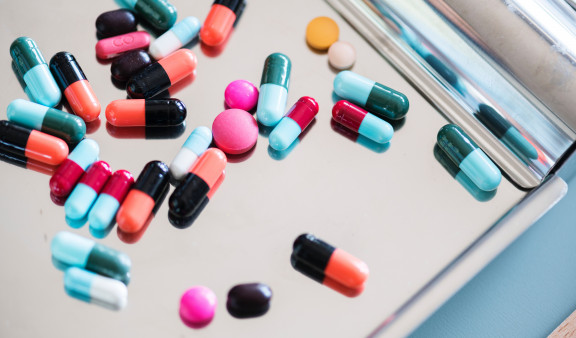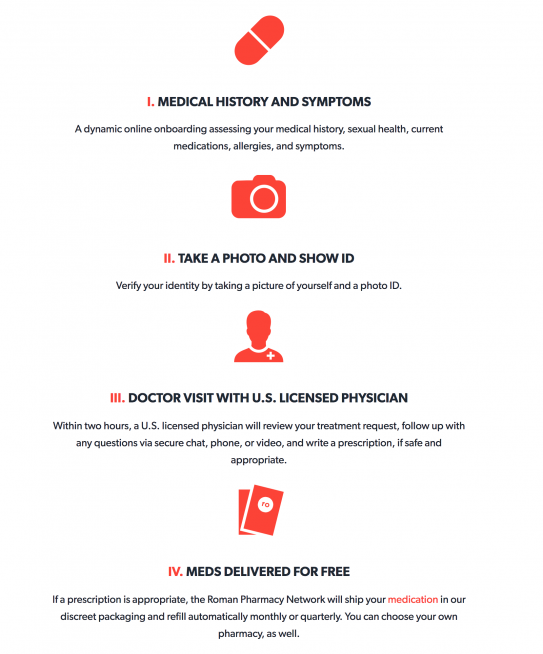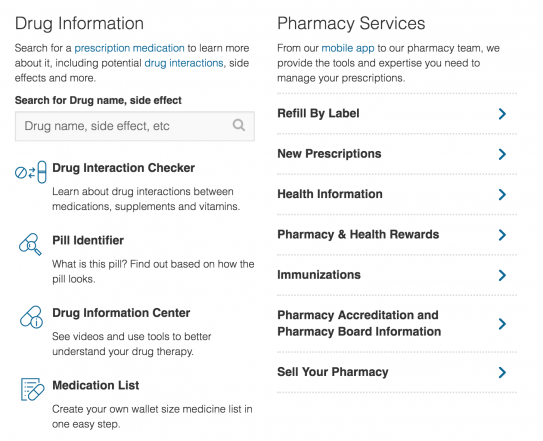
Pocket pharmacy: 3 up-and-coming concepts in the US
In 2016, the US pharmacy drug distribution market was worth more than $263 billion dollars, generated by 70,000 pharmacies.
In 2020, the market should reach $300 billion. There are considerable opportunities in this sector which for many a year was the exclusive domain of physical distributors such as CVS, Duane Reade or Walmart. A number of start-ups are developing mobile solutions to totally transform the processes to exchange information with healthcare professionals and drug delivery processes.
Home pharmacy with Capsule
This is the opportunity seized by Capsule, a start-up specialised in e-business, which started out back in 2015 and currently operates its service in New York. It offers free, same-day, 2-hour prescription drug delivery. Its team of pharmacists can be contacted by SMS, e-mail or telephone. The start-up, which raised $20 million in 2017, solves several major issues for customers: waiting time and product unavailability (in 40% of cases, the desired product is not in stock when the customer visits). Customers also generally have no idea how much they will have to pay when they go to the checkout. Finally, Capsule aims to solve the biggest current issue, i.e. access to information on prescription drugs.

Capsule offers a mobile application that solves everyday issues. During their doctor's appointment, the patient simply has to tell them that their pharmacist is Capsule. It will receive your prescription electronically. The user can then agree on free 2-hour delivery. Capsule has stocks in New York as well as a powerful internal predictive analysis tool to identify the drugs most in demand and accordingly avoid stock shortages.
Plus the user knows in advance the amount to be paid based on Capsule's catalogue and its knowledge of different US insurers. Finally, the start-up provides the service that sees it surfing the "third wave of e-commerce": combining human and technology. Its communication service with its network of pharmacists actually offers the opportunity to ask any questions about a prescription remotely and totally discretely.
Roman: guaranteed discretion thanks to home delivery
In certain cases, male patients can be somewhat embarrassed to pick up their prescription from a pharmacy. The simplest example is, of course, drugs to treat male erectile dysfunction. The start-up Roman was set up based on this finding and is completely reinventing the prescription process for patients faced with these embarrassing situations. Patients fill in the necessary information on their medical history during the online medical examination proposed by Roman. This information is transmitted in absolute security to a doctor for analysis. If they are identified as candidates for treatment of erectile dysfunction, they can instantly obtain a prescription including major branded products or generic drugs.

When the customer gets their prescription, Roman's staff pack the pills by dose so the client takes the right quantity. An online examination on the Roman platform costs $15; margins are generated due to volume and the lack of retail pharmacy overheads. The speed and simplicity of the system could dissuade men from buying treatment online due to counterfeiting.
Only 30% of men are treated for erectile dysfunction and 80% of the most bought brands online are counterfeits. This is why investors think Roman can considerably improve men's healthcare experience. Roman currently employs 20 doctors and online admission forms eliminate a large amount of the time ordinarily spent by doctors on in-person examinations. These automation systems report issues and also fast-track obvious approvals or refusals so doctors can concentrate on more complex cases. Patients are generally prescribed four to ten doses per month, costing $2 to $65 per dose, depending on whether they buy branded or generic drugs. But to prevent abuse, Roman does not send more than 10 doses per month.
And how about physical points of sale?
"Bricks and mortar" pharmacies are trying to digitise their services to counter these market newcomers. WalMart and CVS are developing their mobile services to keep their connected customers. WalMart manages 4,500 pharmacies in the US. To make sure customers really pick up the drugs prescribed, the distributor has added a "pharmacy" option to its public mobile app allowing customers to share their prescriptions with the point of sale and renew them easily. However, this type of service risks isolating WalMart from customers who have no means of locomotion or live a long way from a point of sale What about CVS? The chain has distributed pharmaceutical, healthcare and cosmetic products on the US market for more than 50 years, and has always strived to stay at the cutting edge of technology.
Offering customers a simple and practical method to renew their prescriptions by using the CVS mobile application is just one of many examples. Instead of having to keep paper prescriptions, customers can save all their prescriptions on their smartphone. They can then use the ScriptSync system to synchronise their renewals so they can all be picked up on the same day. This prevents patients from travelling several times to the point of sale or waiting in line for a long time. According to CVS, the switch to ScriptSync saw an increase in customer sign-up to the service of more than 6%. The mobile app also allows access to a whole series of promotional offers and information on drugs and their side effects.

The development of these applications was made possible by Americans consenting to the creation of electrical medical records, particularly via the EPIC platform. Epic is the electronic health record software most used in the US. The medical data of more than 50% of US patients (i.e. more than 190 million individuals) is stored in Epic, allowing doctors to directly send electronic prescriptions to pharmacies, which makes the prescription renewal process smoother.